 South Carolina’s rivers, coastal and Upstate, are havens for migrating ducks and therefore, duck hunters. Here’s how to better fill your duck strap.
South Carolina’s rivers, coastal and Upstate, are havens for migrating ducks and therefore, duck hunters. Here’s how to better fill your duck strap.
There have been many memorable days when the sky was filled with ducks and the hunting was outstanding for lifelong hunter Karlos Stone of Johnsonville, S.C., but one day last season on Balloon Lake along the Big Pee Dee River is etched forever in his mind. What made that day special, he said, was following their passion with his son, Drake, and Drake’s Labrador retriever, Yeti.
“We only killed four ducks, but the dog worked perfectly,” Stone said. “When my son shot one bird and I shot another, the dog marked them both and made excellent retrieves. It all just made for a great day of duck hunting.”
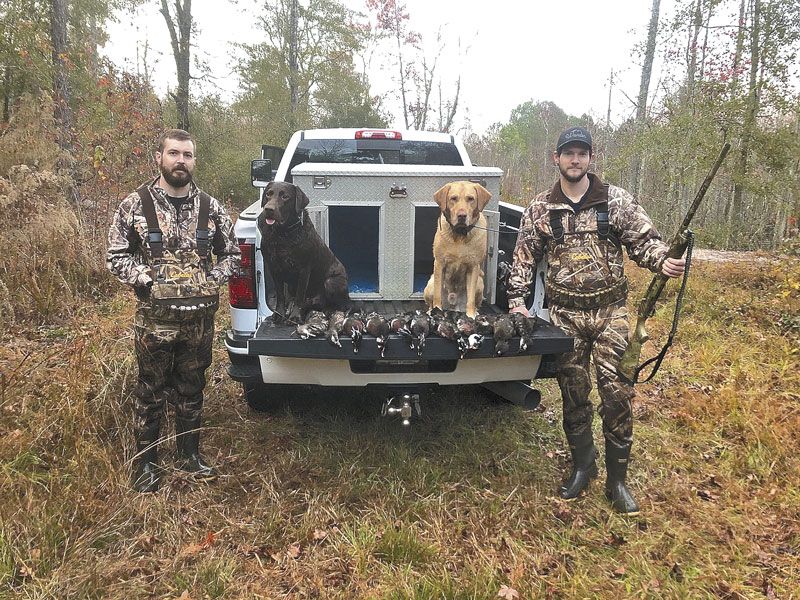
Stone hunts the sloughs, swamps, oxbows and backwater ponds along the Big Pee Dee, Black and Lynches rivers, plus the wider, slower waters of those streams as they flow towards the ocean and are transformed into broad waterfowl havens by the ebb and flow of the tides.
Across South Carolina, on the Savannah River downstream of Thurmond Dam at Clarks Hill, Noel Brown of North Augusta, S.C., has been hunting ducks for most of his life. One of his favorite memories is hunting a big island in the river when he was younger.
“We’d camp out all night and watch the ducks come in during late afternoon: wood ducks, mallards, green-winged teal. The next morning, we’d go out to the island very early to shoot. We had some great duck hunting days on that island,” said Brown, adding with a tinge of sadness in his voice.
“I was a younger man then, and I would like to do that again, but at this point in life, I am not able to.”
For Brown, reaching the age when many settle into a rocking chair just meant altering his approach to continue enjoying his love of duck hunting. While he still hunts the sloughs and oxbows along the rolling Savannah, he concentrates most of his waterfowling efforts on his farm near Jackson, S.C.
“I hunt all up and down the Savannah River, from below Clarks Hill Dam down to my farm,” he said. “Ducks come and go on the river, and there are no guarantees, but hunting at my place down at Jackson is sure fire. We grow corn in the impoundments, and the ducks love it.”
While Stone’s and Brown’s hunting areas are both located along rivers, they are different because one is near the coast and the other is well inland, but they both agree one thing is constant: to be successful, you have to go where the ducks are — and that means scouting is a necessity.
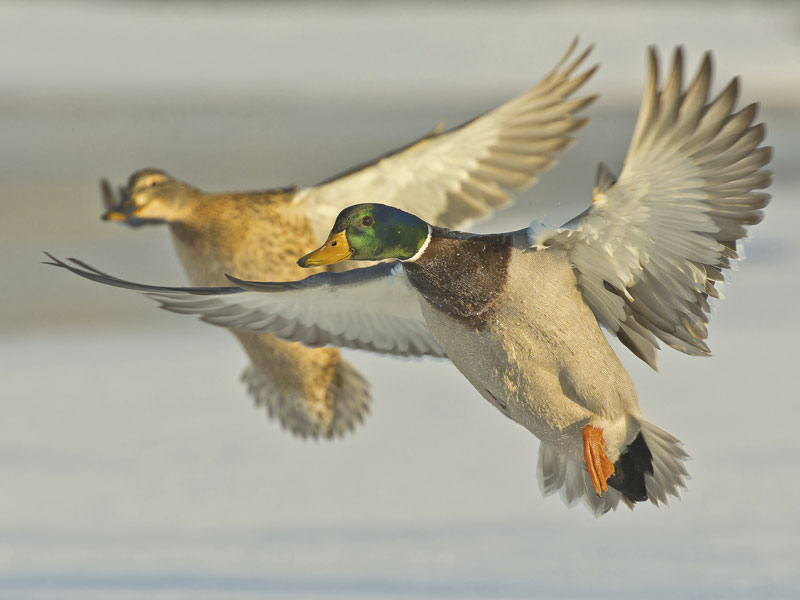
“You can’t just go out on Saturday morning and hope to kill a duck,” Brown said. “You have to go two or three days a week, looking for ducks and places to set up. If you find a slough and ducks are there, that’s a place to hunt.”
Stone agreed. “If you don’t do a little bit of scouting, you are wasting your time going hunting.”
Stone is not just looking for numbers of ducks when he is scouting. He is looking for places that ducks likely will use.
“First, you want to find a place that is open enough so you can see, but woodies like thick woods, more dense with vegetation.” he said. “They will land in open water and then swim to those areas, so find a good pothole in the woods that is shallow. If the water is more than 18 inches deep, they can’t reach anything on the bottom.”
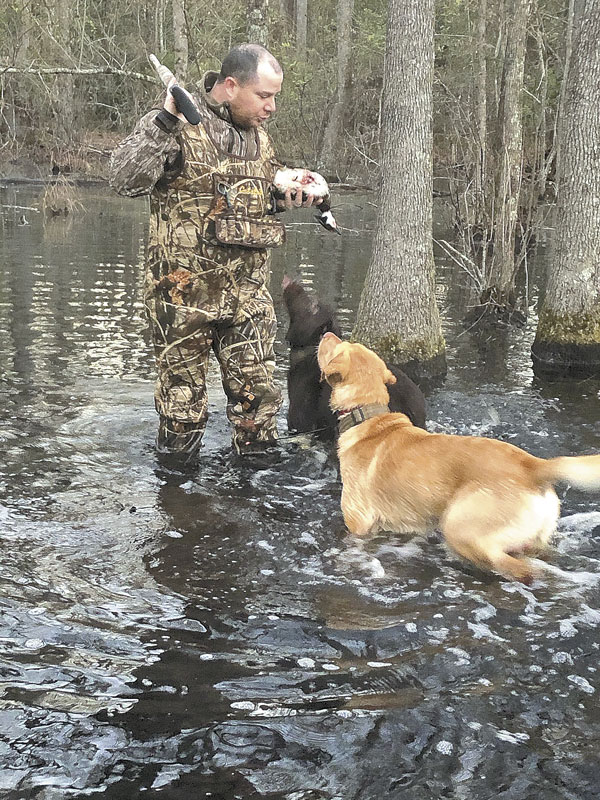
Scouting during the season may be necessary for a good hunt, but preseason scouting can provide for a successful season, according to Molly Kneece, waterfowl biologist for the S.C. Department of Natural Resources. While most of the seasonal duck migration is north to south, Kneece said many of the ducks in the Upstate migrate in from the west, flying over the mountains into South Carolina and following the rivers in search of food and resting areas before moving south.
“When preseason scouting, look for mast seed in flooded river bottoms: red oak and white oak acorns. Mallards really prefer red oak acorns,” she said.
While most hunters tend to work the larger river basins, Kneece said smaller rivers also hold ducks and provide the same opportunities.
“The smaller rivers are sometimes overlooked, but sometimes the birds get less pressure on these small rivers, and they are easier to work,” she said.
Big rivers, small rivers, rivers impounded to create huge lakes and rivers that flow into the ocean and are subject to the daily ebb and flow of tides all are roadways for ducks. The sloughs, marshes, oxbows and adjacent ponds all provide havens for the migrating birds, giving them opportunities to feed and rest on their journey. Locating potential stopping points for ducks and putting in the time to scout for groups of birds are keys to successfully hunting the myriad streams that cross South Carolina from the mountains to the ocean.
For Stone and Brown, a successful hunt is the goal on the rivers, but the preparation and scouting are just as important — and the camaraderie that comes with it is essential.
“Scouting is as much fun as the hunt,” Stone said. “I enjoy the fellowship with my buddies in the boat, riding and looking.”
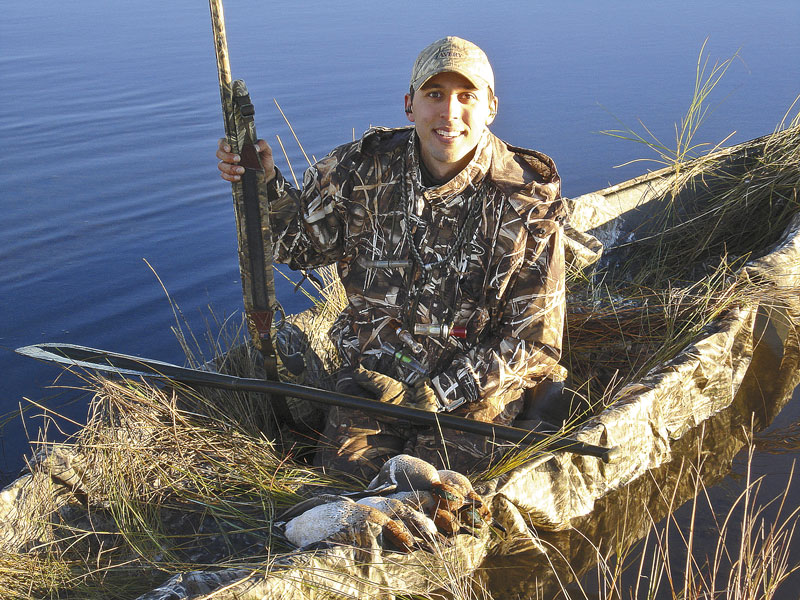
Rivers aren’t all the same
Duck hunting along slow-moving, coastal rivers often takes a different approach than hunting the same birds along the sometimes fast-moving waters of the Savannah River downstream from Clarks Hill Dam.
“You sometimes have to go a long way to get to the right spot, so you have to have a fast boat,” said Noel Brown, who has hunted the Savannah River for decades.
On the Pee Dee, Black and Lynches rivers, a shallow-draft boat is the ticket, according to Karlos Stone, who has spent a lifetime hunting the coastal rivers.
“You want an aluminum boat that will float in shallow water, and you need a push pole because at some point you are going to be right up on the land,” he said.
While Brown said he has never drifted a boat blind in the Savannah, he does cover his boat with camo.
“Other than that, we just hide in the reeds,” he said.
But downstate, Stone finds a good boat blind is a necessity at times.
“Some people think you have to go high-tech, but you can take just about anything and make a good boat blind,” he said. “I’ve hunted many days with just burlap draped around the boat, and it works really well. But our favorite boat blind is built out of conduit and dog-kennel wire, 2×4 wire that you can weave weeds in.”
A few decoys come in handy when hunting mallards along the Savannah River, Brown said, but Stone often uses a dozen or more decoys on his hunts.
“We have 12 regular decoys, and we have 12 that we used to call super-magnums that we use, especially down around the coast,” Stone said. “Our rivers are dark. so ring-neck decoys work really well because they have a lot of white on them.”
Last, but not least, is a duck call, Stone said.
“If you have a couple dozen decoys and a good boat blind, get a really good duck call — and keep it in your pocket,” he said.

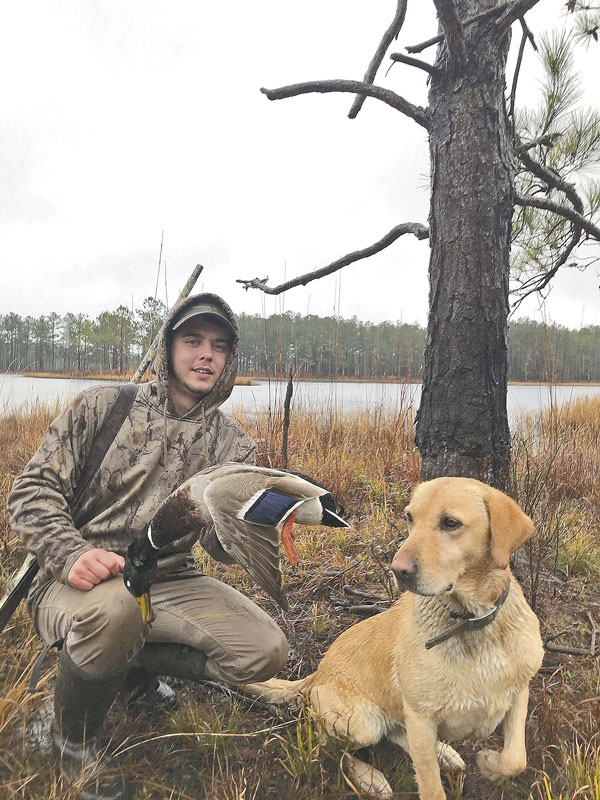
Be the first to comment